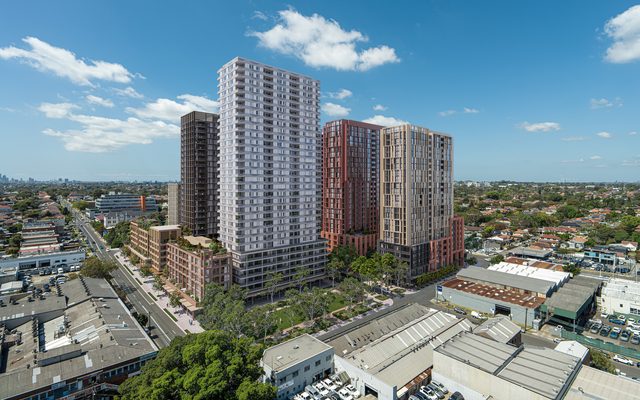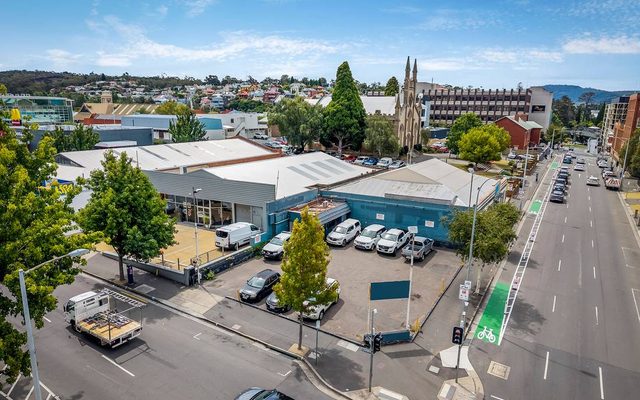This article is from the Australian Property Journal archive
A CHRONIC shortage of affordable housing for essential workers near their jobs in Australia’s capital cities is costing the nation $64 billion, according to a study commissioned by Aware Super.
There are about 1.4 million essential workers living in the capitals, and many of them are faced with the challenge of finding accommodation in a suitable location amid a severe rental shortage and surging rents.
The study, carried out by EY, found an essential worker in Aware Super’s existing essential worker housing program was able to live on average nine kilometres closer to their workplace. This cut commute time by 112 hours per year and generated an additional $45,500 in benefits among local employers, communities and local tenants.
“This study highlights that in Australia, where 66% – 1.4 million – of our nation’s essential workers live in a greater capital city area, we have to do more to ensure they and their employers and local communities are properly catered for,” Aware Super chief executive Deanne Stewart told the Financial Standard.
“Whether it is the approximate $111 per week each tenant can save on rent, or the extensive annual savings – such as the 112 hours of reduced commuting time for each tenant, the $12.82 million of employer benefits, or the additional $4.2 million in socio-economic and environmental benefits for communities and individuals – the evidence is clear, we must do more.”
Aware Super’s essential worker housing program was established in 2018 and offers workers housing near key infrastructure at a below-market rate. It is committing $1.5 billion over five years to the development of more than 2,000 apartments that will include affordable essential worker housing.
A study last year from AHURI found only two local government areas in NSW offer affordable median house prices to key workers and both are more than 150km from the Sydney CBD.
Meanwhile a report published earlier this year found around 90% of teachers in NSW are living in locations where housing is unaffordable on a teacher’s salary, effectively being priced out of housing near their schools.
The study published in the Australian Educational Researcher found the high level of unaffordability is forcing teachers out of the profession altogether, coming at a time when Australia is facing teacher shortage crisis.
According to the federal government, the education sector faces a shortage of 4,000 high school teachers by 2025.
Stewart said state and federal government has taken the issue of housing seriously, but that a comprehensive set of policies at government level would create a strong foundation and allow institutional investors like Aware Super to scale up their ambitions to provide affordable housing for more Australians.
“We are absolutely calling for policy changes at every level of government to help reduce the cost of building these essential, affordable housing developments, to help lower the bar to entry for institutional investors,” Stewart said.
“Broad-based availability payments or other tax offsets would also help improve the feasibility of long-term investment in affordable housing stock.”
According to The Australian she also suggested allowing investors in affordable housing to access the same GST treatment as community housing providers would materially reduce the cost of development, and for the states to offer land tax and stamp duty relief that would pave the way for material savings to the cost of developing and maintaining affordable housing, more land releases and land zoning that took into account the tax applied to developments.




